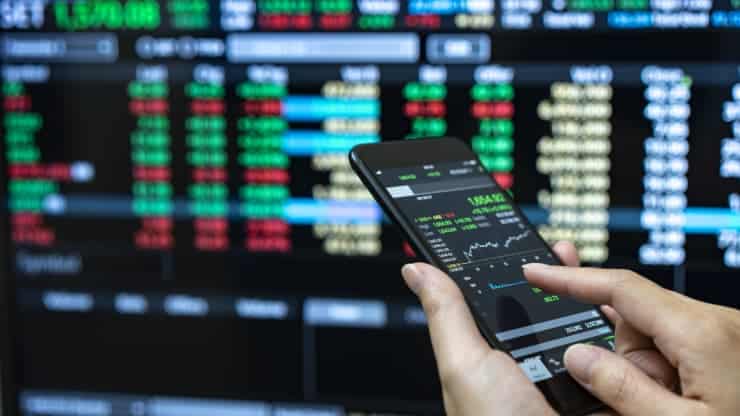“Buying the dip” is an investment thesis often touted by stock traders and financial advisors to juice returns.
The thinking is: When a stock index like the S&P 500 falls in value, it’s a good time to buy since shares can be bought at a discount. Investors then reap the financial rewards when stocks rebound.
Monday’s market rout — and Tuesday’s bounce back — offer a prime example.
The Dow Jones Industrial Average stock index tumbled 2.1% on Monday, its worst day since October, on investor fears about the Covid-19 delta variant. However, the market rebounded Tuesday, with the Dow closing 1.6% higher.
“Buying the dip, it’s been successful for a long time,” said certified financial planner Philip Chao, principal and chief investment officer at Experiential Wealth in Cabin John, Maryland.
However, experts warn investors who aren’t careful may hurt themselves in the long term by using this strategy.
Stocks and stimulus
The current environment is generally supportive of stock investing, Chao said. Low interest rates make stocks more attractive relative to other typical asset classes like cash and bonds, for example.
“There are a lot of reasons why stocks continue to do well,” Chao said.
Many investors, especially those able to keep their jobs during the pandemic, may have the means to buy a little extra right now when the market dips. Government stimulus funds helped pad savings, already buoyed be reined-in spending.
For example, personal income surged 21% in March, the largest increase on record, largely due to $1,400 stimulus checks issued to U.S. households.
Americans’ 12.4% personal savings rate in May, while lower than any other month during the pandemic, was still higher than any point since the early 1980s.
“All of that cash is looking for somewhere to go,” said Dan Egan, vice president of behavioral finance and investing at Betterment. “When there’s a big dip in the market, this is a good use of that windfall.”
Investor psychology
But investor psychology may cause an urge to sell — rather than buy — when the market pulls back. Unfortunately, that impulse will likely cost them.
An investor who put $10,000 in the S&P 500 at the beginning of 2001 — and stayed invested since — would have turned it into $42,231 two decades later, for a 7.47% annual return, according to J.P. Morgan Asset Management.
However, an investor who pulled out and missed the 10 best market days over that period would have just $19,347, a 3.35% annual return, J.P. Morgan pointed out.
Seven of the market’s best days happened within just two weeks of the 10 worst — meaning even a short-lived exit may have proven costly.
Investors who buy during a market rout should know stocks may continue to fall before they rebound.
“Just because you waited for it to go down 10% doesn’t mean it can’t go down 20%,” Egan said.
Caveats
However, there are caveats to buying the dip.
One big one: Buying the dip likely won’t be a long-term financial winner for people who aren’t invested, but are instead sitting on a pile of cash and waiting for a market selloff to move their money.
Such investors may get a positive emotional return (knowing they didn’t buy at the market peak). But they also missed the rally on the way up, meaning they didn’t get the benefits of stock returns in the interim.
“You can wait for a long time for substantial dip, during which time the market is going up,” Egan said.
Investors will have the most success with the strategy if they’re already executing an investment plan, and have a little additional cash set aside for opportunistic investment, Chao said.
Investors can take a more regulated approach by executing the piecemeal strategy, he said. For example, if an investor has $10,000 in cash, the person can invest $2,000 at a time whenever there’s a 2% or 3% selloff, instead of all at once.
The source of the funds is also important, Chao added. For example, it would likely be a poor idea to withdraw money from an emergency fund to buy stocks during a pullback.
Further, pursuing the strategy with a single company stock — as opposed to an index composed of a basket of stocks — is a much riskier proposition, he said.

